/ per pack
Choose seeds per pack:
Botanical nomencltuara: Serenoa repens / Corypha repens / Chamaerops serrulata
Common name: Saw Palmetto
Family: arecaceae
Origin: North America
Height: 0.60 – 5.0 meters
Brightness: full sun, partial shading and shade
Serenoa repens is a small palm tree native to North America, extremely resistant to drought, salinity of soil and air, heat and frosts.
Habitat and distribution: Alabama, Florida, Georgia, Louisiana, Mississippi and South Carolina. It occurs naturally in the coastal plain of south carolina to southeastern louisiana. It grows in a wide range of habitats, from sand dunes by the sea, in extremely dry soils to pine forests or in water sheets for wetlands. Saw palmetto is often the dominant land cover in certain pine forests, sometimes covering hundreds of hectares.
This small, sturdy, fan-shaped palm tree, whose stem normally remains just above the ground; in some cases, it may develop an erect or arched trunk between 0.60 and 5.00 meters in height. The webbed leaves are 060 – 0.90 meter. The set of leaves is about 1.20 – 1.80 meters high with a similar spread. The flowers have a pleasant fragrance and are creamy white.
The plant can grow satisfactorily in full sun, partial shade or shade and is tolerant to different types of soil, alkaline, clayey or sandy. Highly tolerant of drought and soil and air salinity.
The species has a wonderful effect on ground cover under existing or newly planted trees. Vertical plants can be grown on beautiful specimens from various trunks, which, by the way, are quite unusual, very rare and very expensive.
The sericea variety, silver saw palmetto, already recognized, has silver or bluish-silver leaves. We already have availability for this variety.
Other information: saw palmetto berries are used as a treatment for benign prostatic hyperplasia or enlarged prostate, as well as for the prevention of prostate cancer; with highly promising results.
The plant is also traditionally used as an aphrodisiac. It relieves frequent nighttime urination and is also used in the treatment of skin conditions and hair loss.
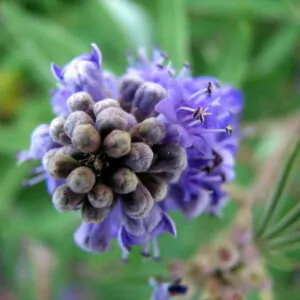

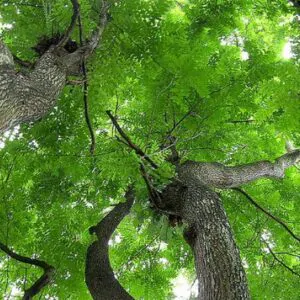
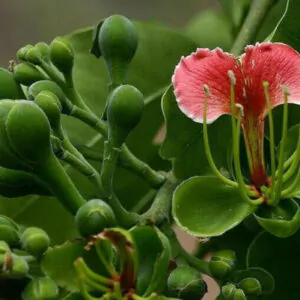
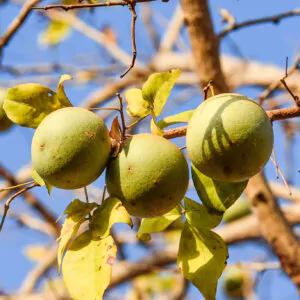
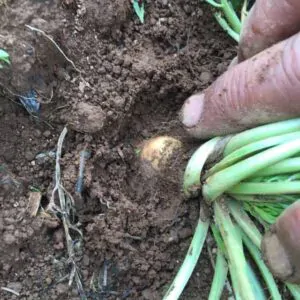
| Cookie | Duration | Description |
|---|---|---|
| cookielawinfo-checkbox-analytics | 11 months | This cookie is set by GDPR Cookie Consent plugin. The cookie is used to store the user consent for the cookies in the category "Analytics". |
| cookielawinfo-checkbox-functional | 11 months | The cookie is set by GDPR cookie consent to record the user consent for the cookies in the category "Functional". |
| cookielawinfo-checkbox-necessary | 11 months | This cookie is set by GDPR Cookie Consent plugin. The cookies is used to store the user consent for the cookies in the category "Necessary". |
| cookielawinfo-checkbox-others | 11 months | This cookie is set by GDPR Cookie Consent plugin. The cookie is used to store the user consent for the cookies in the category "Other. |
| cookielawinfo-checkbox-performance | 11 months | This cookie is set by GDPR Cookie Consent plugin. The cookie is used to store the user consent for the cookies in the category "Performance". |
| viewed_cookie_policy | 11 months | The cookie is set by the GDPR Cookie Consent plugin and is used to store whether or not user has consented to the use of cookies. It does not store any personal data. |